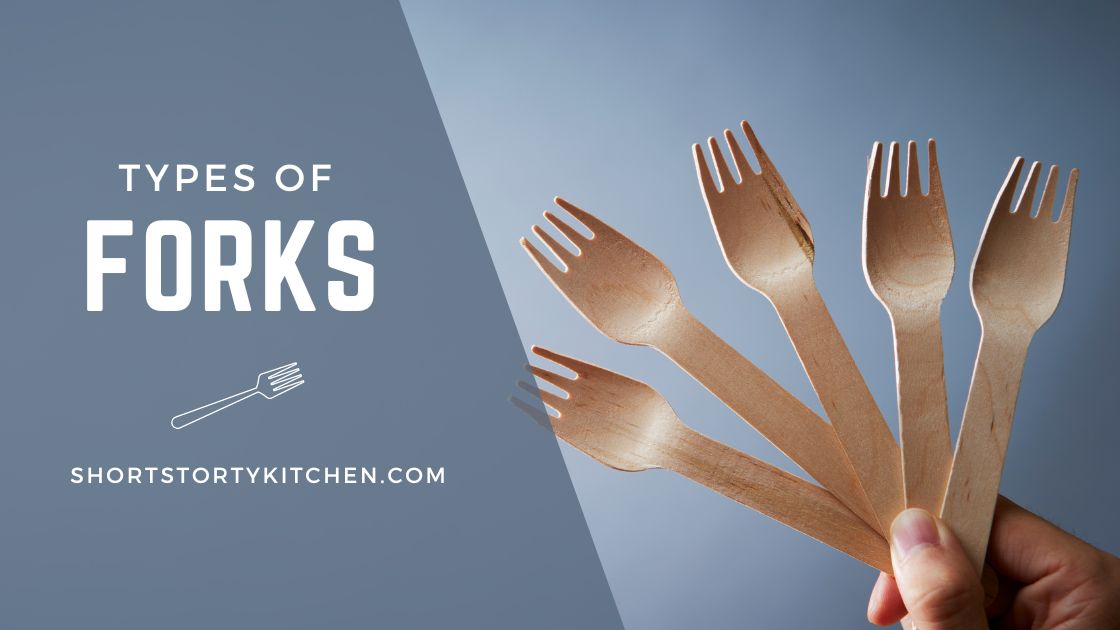Did you know there are different types of Forks? Can you imagine your kitchen without at least a pair of trusty forks lying in an easy-to-reach drawer? Having tried multiple times to eat slippery fruits and long, slipper pasta or noodles with a spoon, I surely cannot!
Forks are the trusty friends whom we tend to take for granted because they are always there, but the moment they aren’t, we frantically search for them everywhere until they are found. But did you know that forks weren’t always a part of the expected cutlery in kitchens?
Way back in the 11th century, a Byzantine princess named Theodora Anna Doukaina took gold forks with her as part of her dowry to her new home. Little did she know that her forks would cause such an uproar among the Venetians, who were insulted as they believed that God gave them natural forks, i.e., their fingers!
However, this absurd belief slowly gave way to reason, as in the 16th century, Italy became one of the first nations to welcome forks into the world of eating utensils, along with Spain. France also found wisdom in using all types of forks, but only a century later.
Today, the modern culinary world has a large collection of different types of forks. You can find a lot of the more uncommon types at fine dining restaurants, where the forks are placed based on the order of their use. For instance, the fork meant to be used for the first course will always be kept at the farthest left of the place setting.
So, if you want to learn about all the different types of forks used at restaurants to know which one to use when, or even if you want to bedazzle your dinner guests with your impressive collection of forks, you will thoroughly enjoy reading this guide!
Types of Forks
Here are some common and not-so-common types of forks that you can add to your collection of silverware:
Table Fork
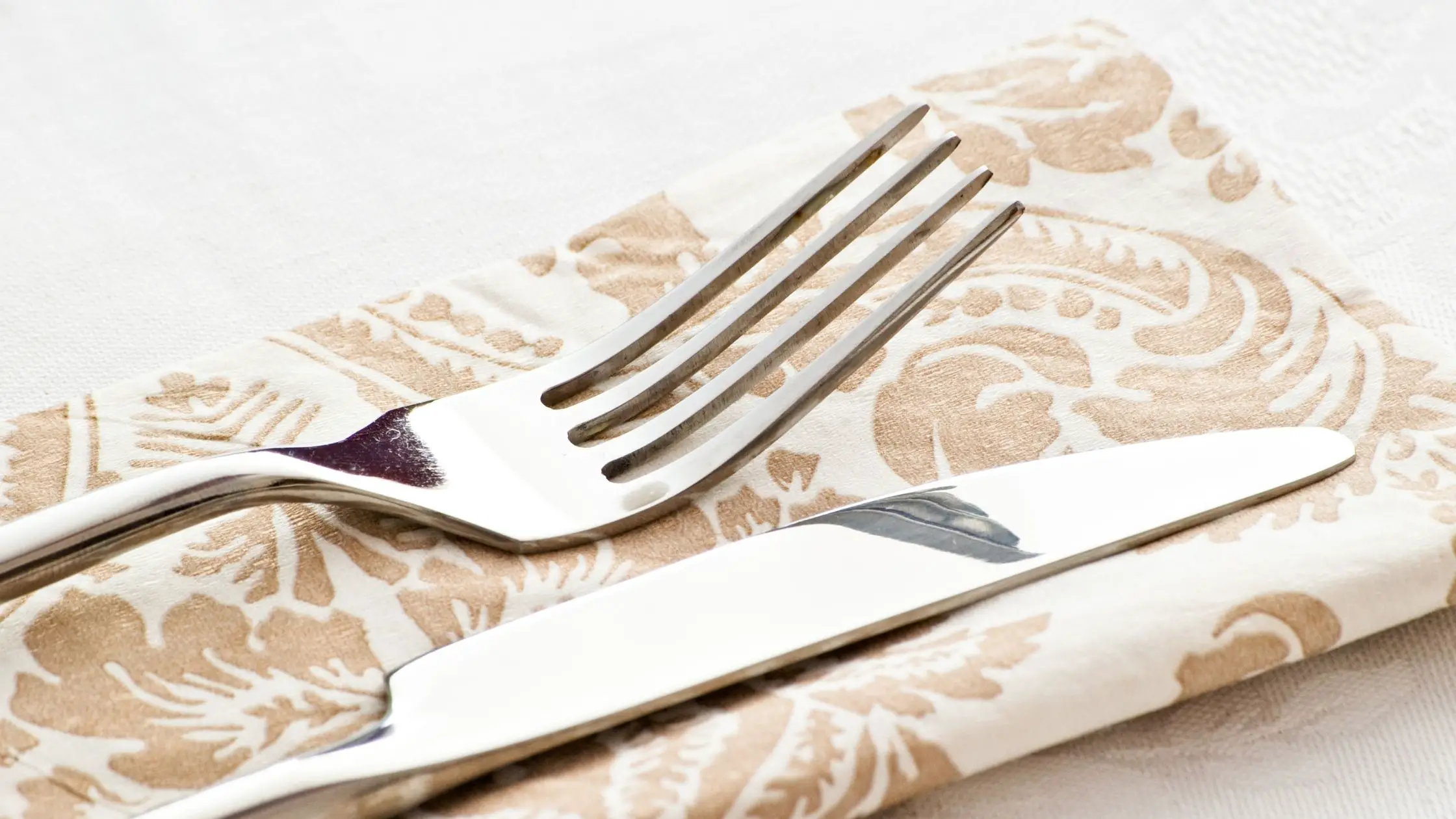
A table fork is an all-purpose fork that is a part of many people’s standard dinnerware sets. It’s the common fork people use for main courses and other dishes, such as salads and desserts. These forks are not used in fine dining settings, where you can find specialized forks for every course and type of food.
You can easily find this type of fork in large silverware sets for home usage. If you want forks for everyday use, seek the simpler, durable ones. If you want ones for parties and gatherings, you can opt for ornate, intricately decorated table forks.
Dinner Fork
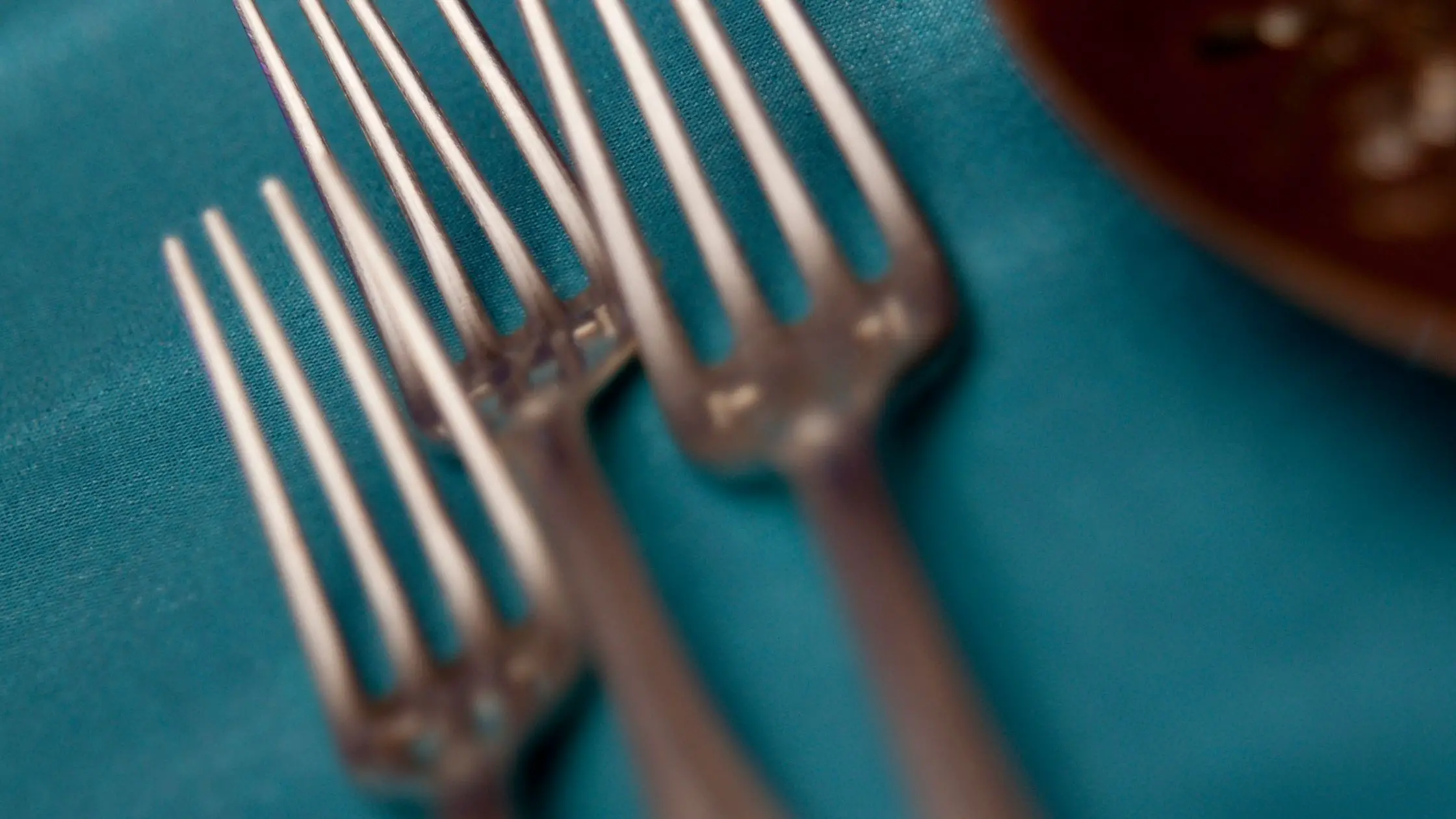
A dinner fork has a wide, well-balanced shape, and it features four tines. As you might have guessed, you use it to eat the main course of a meal, such as a meat dish. Don’t confuse these forks with table forks, as dinner forks are larger than your regular table forks.
In fact, they might be the largest out of all the common types of forks. You can find them in fine dining restaurants. You can also find a large variety of simple, ornate, and quaint dinner forks at retail shops.
Salad Fork
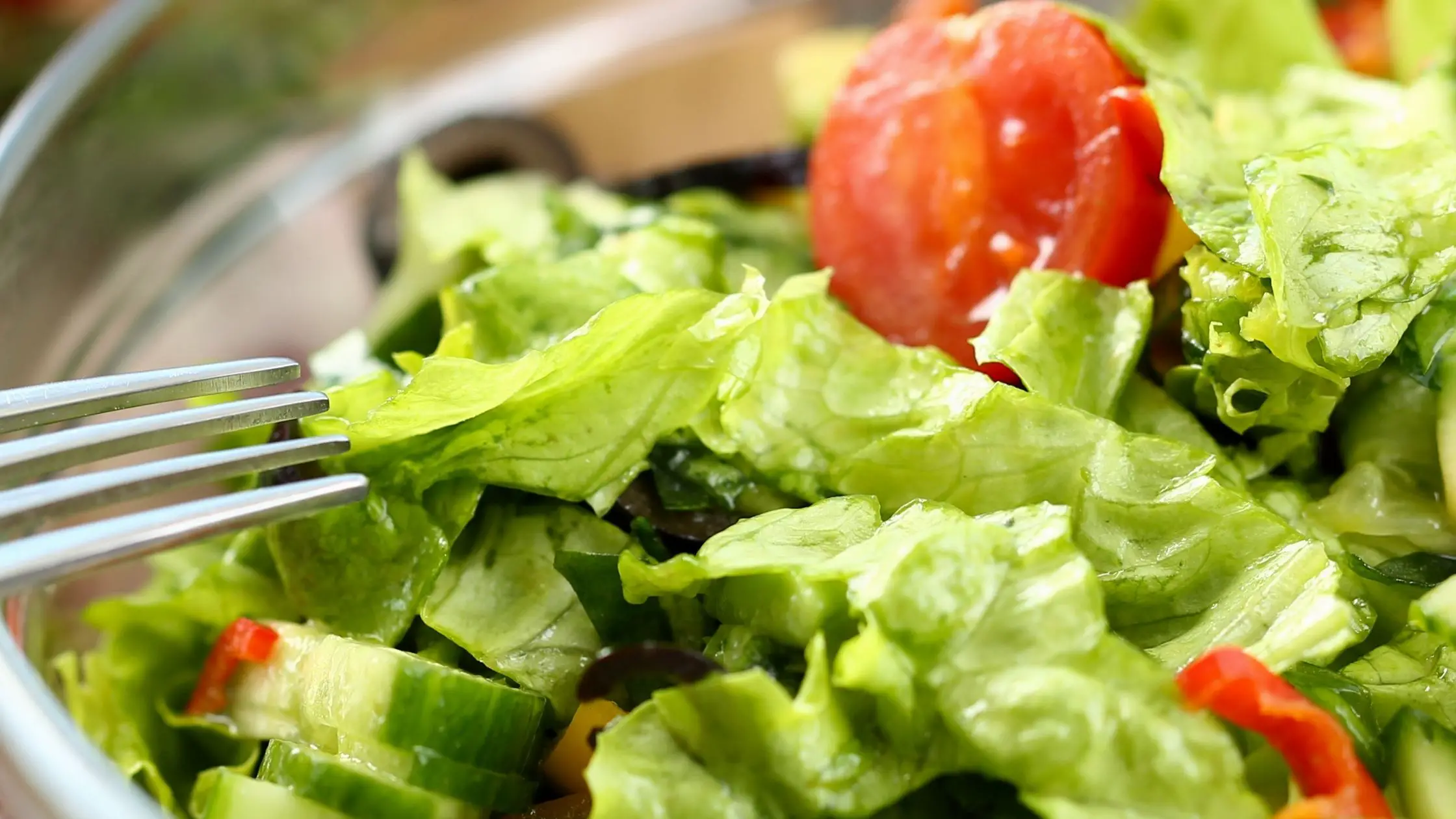
A salad fork is a four-pronged fork with an extra-wide, flat-edged left tine, making it easier to chop different components of a salad, especially lettuce. Even though they’re confused with dinner forks, salad forks are shorter than their counterparts. They are certainly one of the most common types of forks readily available in retail shops everywhere.
If you don’t really care for fine dining etiquette, you can use these forks to eat all sorts of things, including your entire meal. However, for fine dining enthusiasts, if you plan to serve the salad before anything else, make sure to place the fork on the furthest left of the plate before any other fork.
Spaghetti Fork
Spaghetti forks are certainly less common than your everyday forks. A spaghetti fork is a novelty utensil for eating spaghetti and other forms of long pasta, such as fettuccine, linguine, and tagliatelle. It features three tines with little ridges, making it easy to grip, twirl, and wrap the pasta around the fork.
If you love eating long forms of pasta regularly, these forks will surely be a brilliant investment for elegant, mess-free, and enjoyable pasta-eating. You might have trouble finding these forks in your local retail shops, but you can easily find many spaghetti forks online.
Toasting Fork
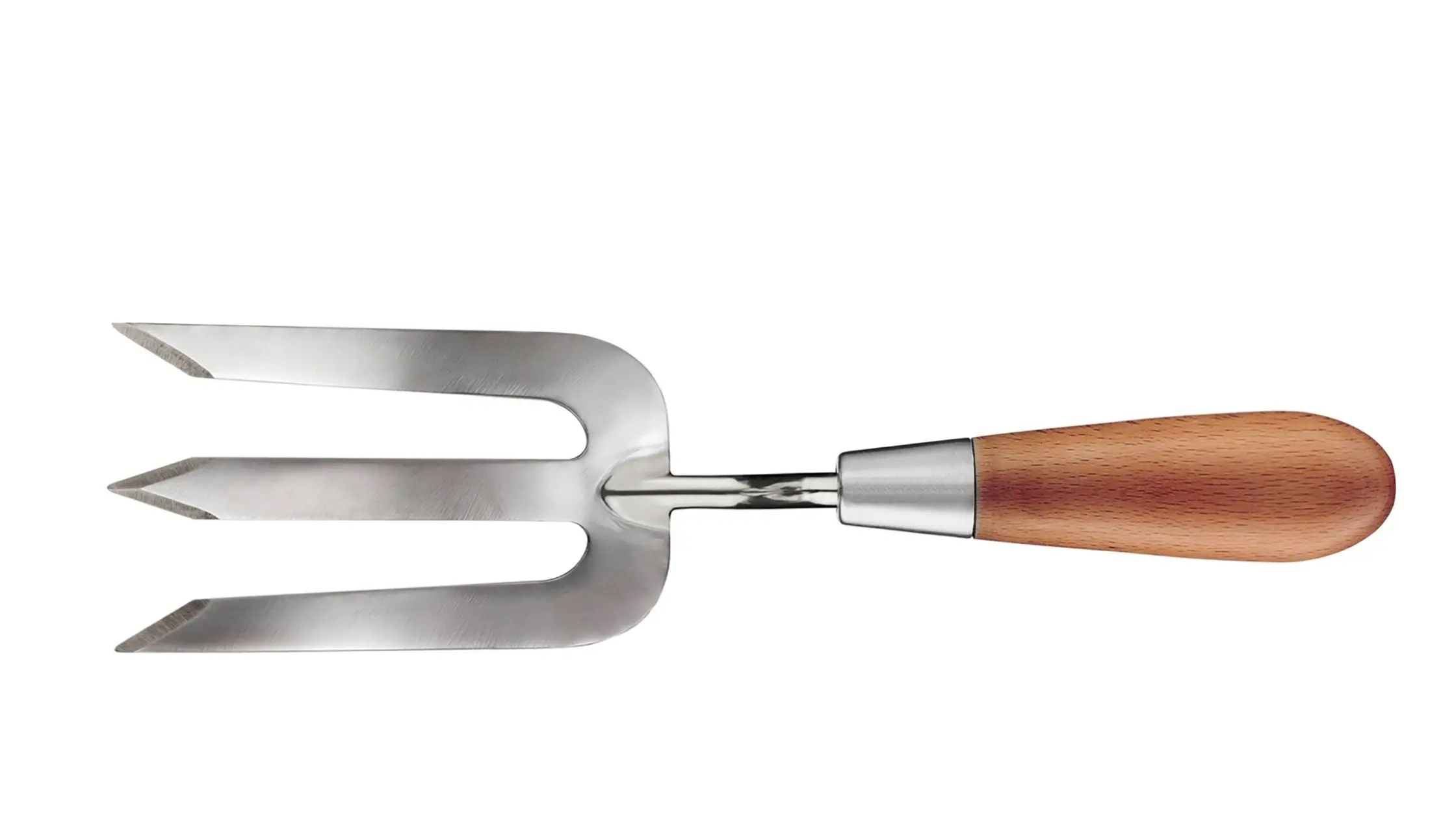
A toasting fork has two or three sharp tines designed to spear, turn, and secure the food to prevent it from falling and getting burnt while you hold it over an open flame. The signature feature of a toasting fork is its exceptionally long handle, which is often wooden and intricately carved. The elongated handle ensures that you don’t stand too close to the flames while toasting your food.
You can find a toasting fork at homeware stores. They are typically available as part of grilling sets. Make sure to buy a durable set. You can use them for cooking any type of food over an open flame, such as BBQ meat. It’s ideal for turning the food over so that you toast all sides and don’t burn the food from overcooking one side.
Fruit Fork
A fruit fork has a short, stubby shape, but it does have long, narrow tines. As suggested by the name, it’s used for picking up fruit elegantly. At fancy restaurants, these forks are used to pick up fruits, such as strawberries, grapes, pieces of melon, among other fruits. Even though not many people use fruit forks in modern times, they are still pretty commonly used in Europe.
Dessert Forks
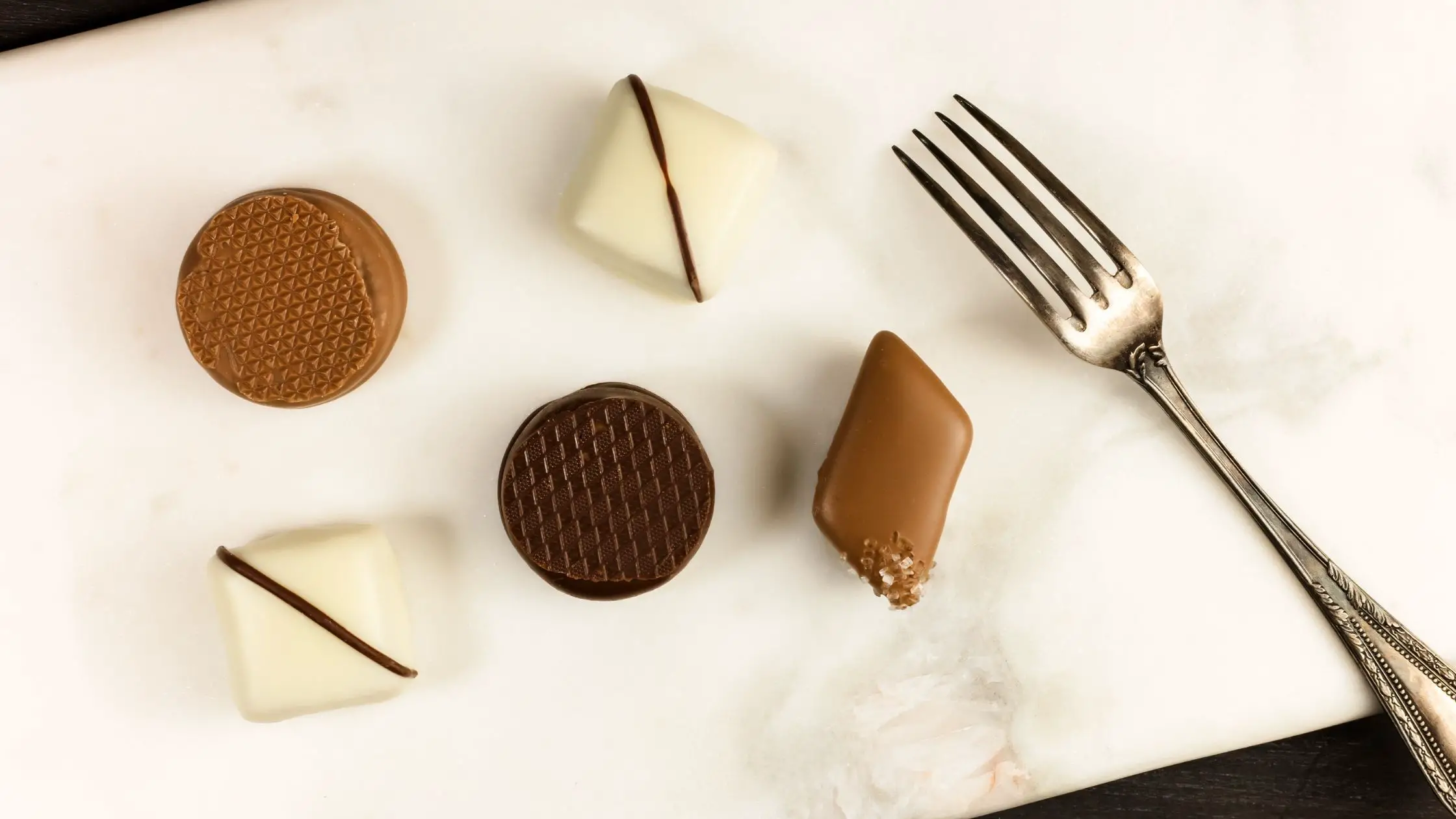
A dessert fork, also known as a pastry fork, is shorter than a table fork and a fruit fork. It features a slightly slimmer head with three tines, ideal for eating desserts with it. You can find it easily at restaurants that offer a fine dining experience.
You can use a dessert fork to eat a wide variety of desserts, such as cakes, pies, tarts, and more. These forks are often included in large silverware sets. You can use them for formal dinner parties and special occasions.
Carving Fork
A carving fork is a useful utensil created to make slicing meat easier. It’s specifically meant to hold the meat in place while carving it with a knife. You can use it to carve your Thanksgiving turkey, roast, or any large piece of meat effortlessly. A carving fork has a large handle for proper gripping and two large tines with sharp edges. The tines are long enough to hold the meat easily while you carve it.
Cocktail Fork
Cocktail forks are tiny forks with two sharp tines. These handy forks are specifically designed to place small garnishes, such as olives, into people’s drinks. You can also use cocktail forks to eat seafood as the sharp tines make stabbing or spearing the food easier.
Fish Fork
A fish fork looks similar to a table fork but has a thicker or wider tine on the far left side. This thickness is to help you pull the flesh away from the fishbone easily. You will typically find this fork at fancy seafood restaurants. It’s ideal for fish that hasn’t been filleted.
Oyster Fork
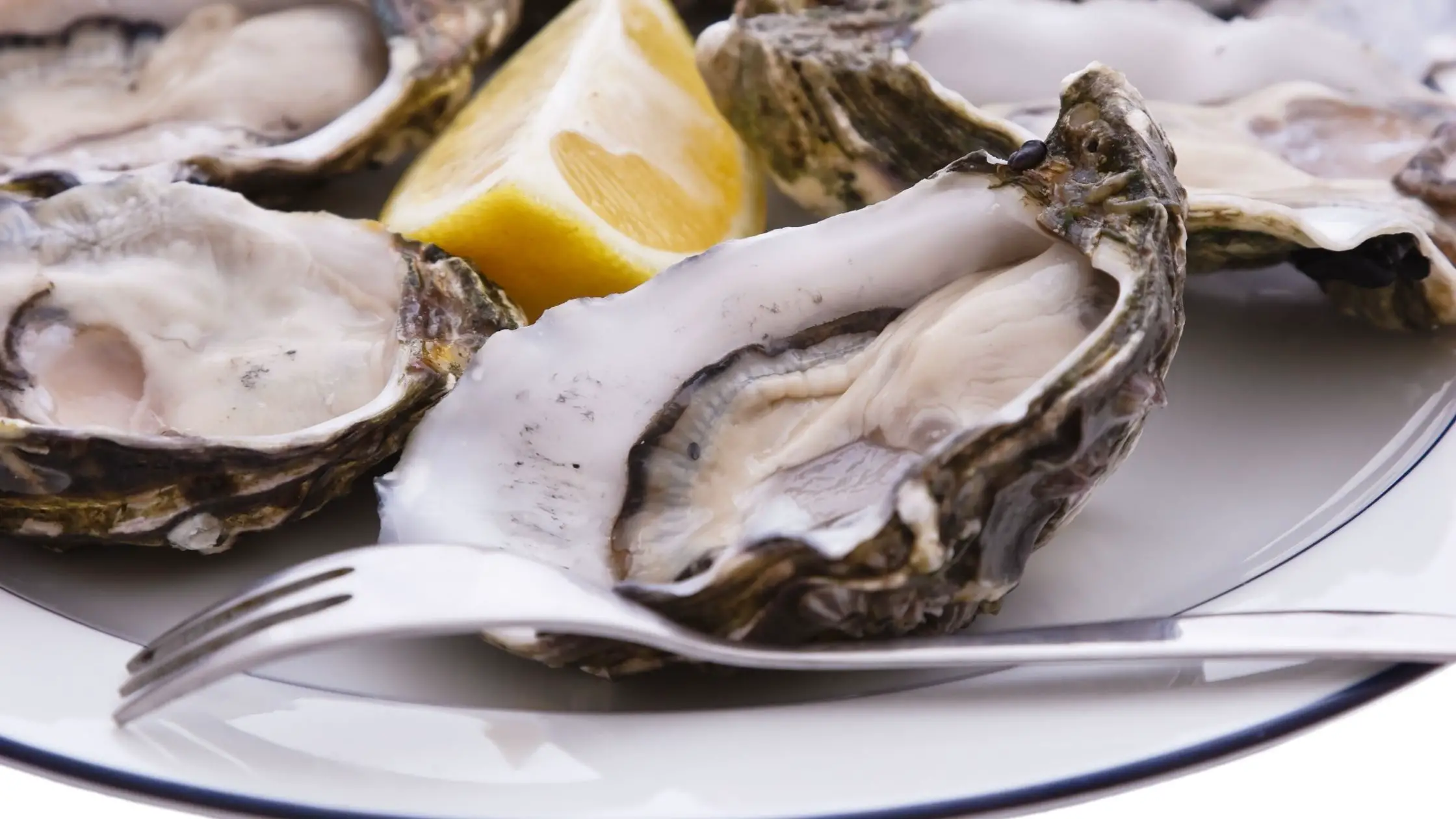
Oyster forks are typically much narrower than the more common types of forks. These elegant forks feature three tines that you can use to pull an oyster from its shell effectively. You can also use an oyster fork to eat other varieties of seafood, such as shrimp, lobster, and other types of shellfish. The small size of the fork is ideal for getting claw meat out of the notoriously difficult-to-eat lobsters.
Fun Fact: An oyster fork is the only fork that is placed at the right side of a place setting in a formal dining setting.
Ice Cream Fork
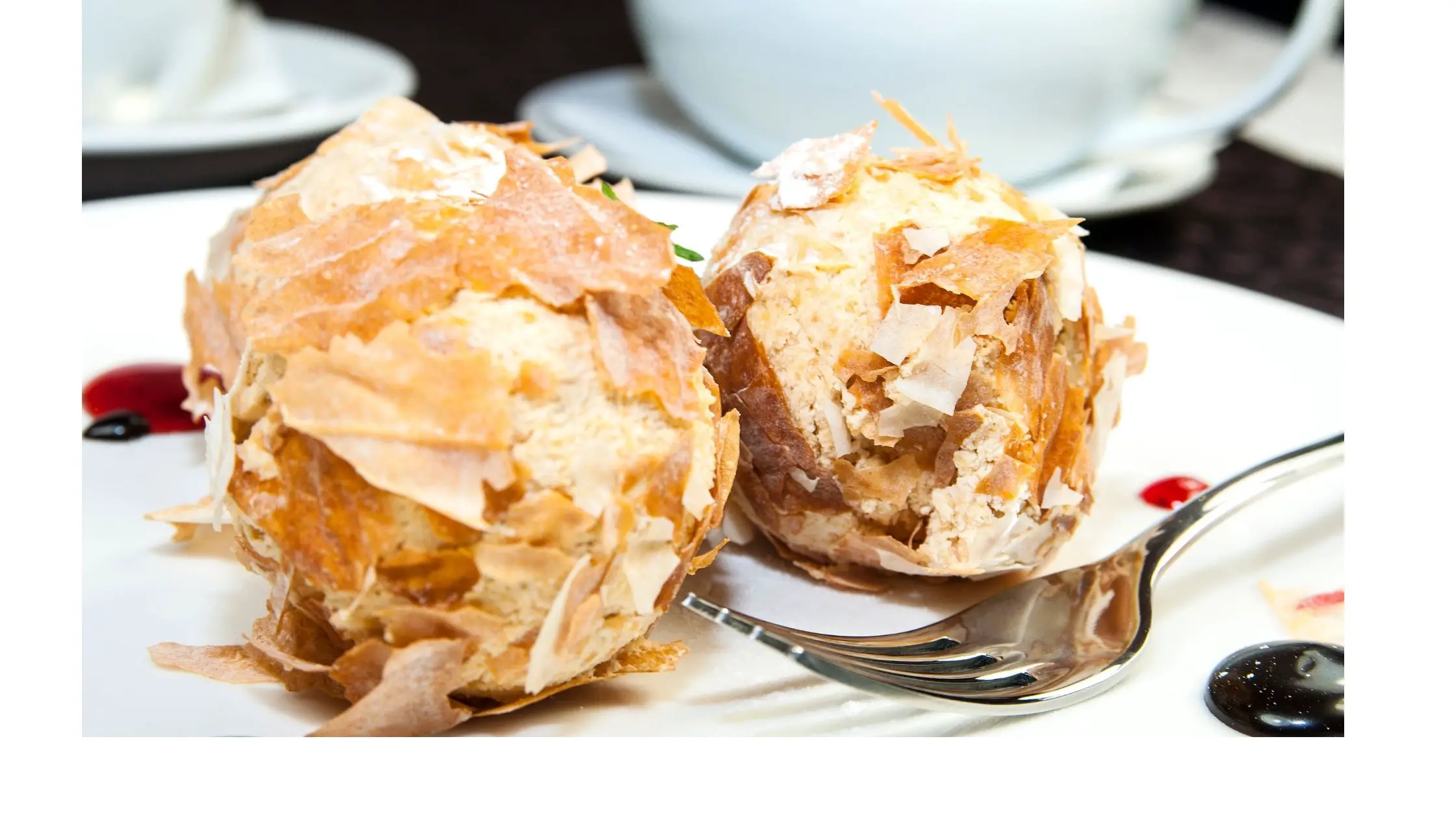
This type of fork is typically used in posh restaurants to eat ice cream. It has a wide, rounded, shallow shape, much like a soup spoon, but with segments cut out for a central tine. Such forks are often intricately designed, and people love using them on special occasions, such as weddings. The edge or fork-like part of the spoon is to break the ice cream, while the curved, spoon-like part is to scoop it.
Cheese Fork
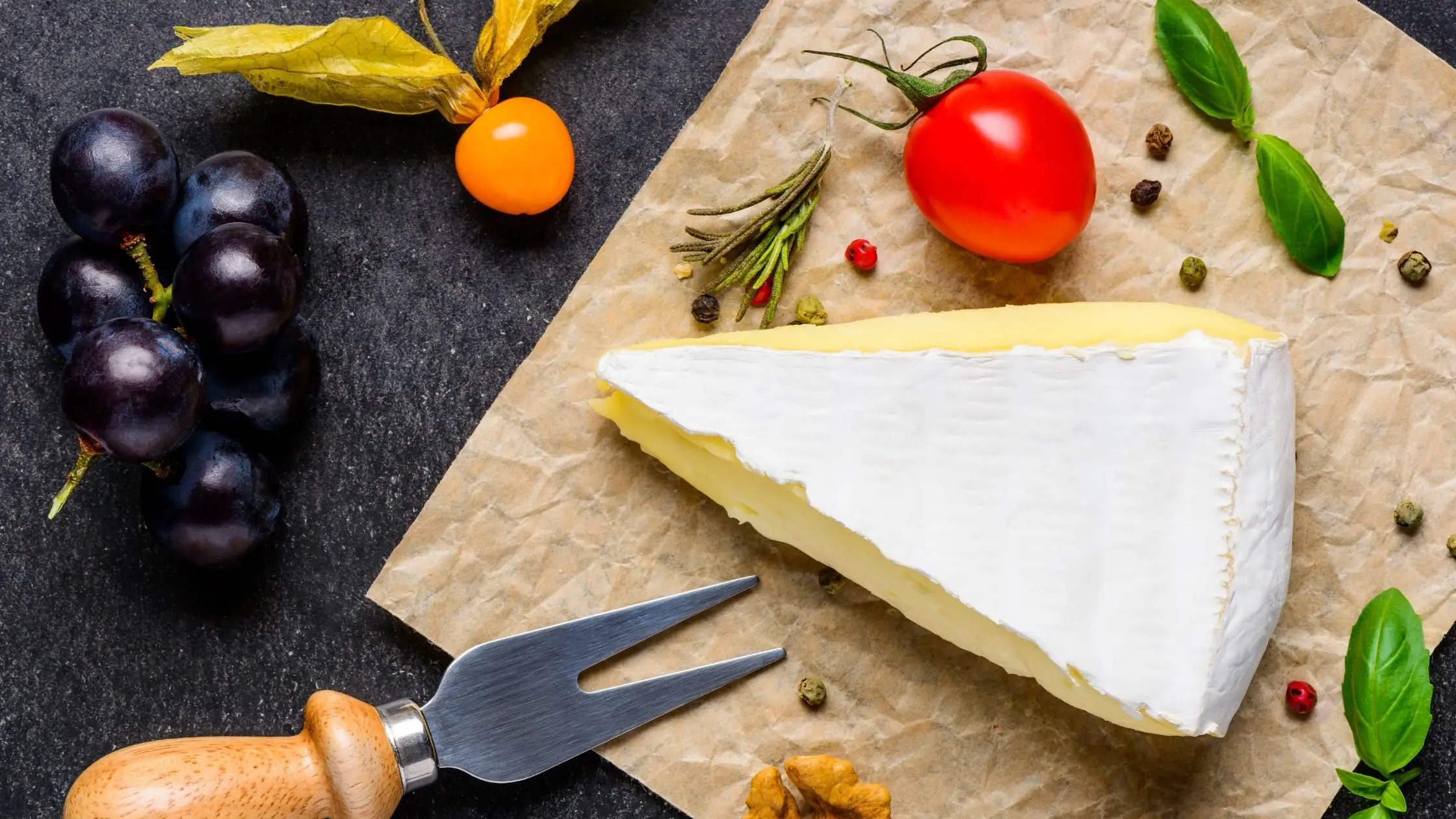
Typically, a cheese fork features a chunky wooden handle and two long, straight-edged tines useful for piercing, cutting, and serving cheeses. It’s a rather stubby, prong-like fork strong enough to slice brie, feta, gouda, camembert, and provolone. The prongs of a cheese fork have sharp points to spear small pieces of cheese easily.
Granny Fork
A granny fork is an old, multi-purpose tool typically used to stir, toss, drain, and pierce pasta to ensure it’s al dente. It has tines that are ideal for turning pasta. You might not be able to find it at your local retailers, but you can surely find multiple versions of this type of fork online. Here’s one that I particularly like due to its length!
Extendable Fork
The extendable fork is certainly a novelty fork, not typically used for fine dining. However, the odd shape of the fork is certainly a fun ice breaker for casual, at-home dinner parties. The fork features an extendable shaft that elongates it.
The design is such so that you can literally steal food off of people’s plates without much effort! It’s undoubtedly an amusing fork to have if you want to have a good time with your loved ones or pull pranks on your friends.
Serving Fork
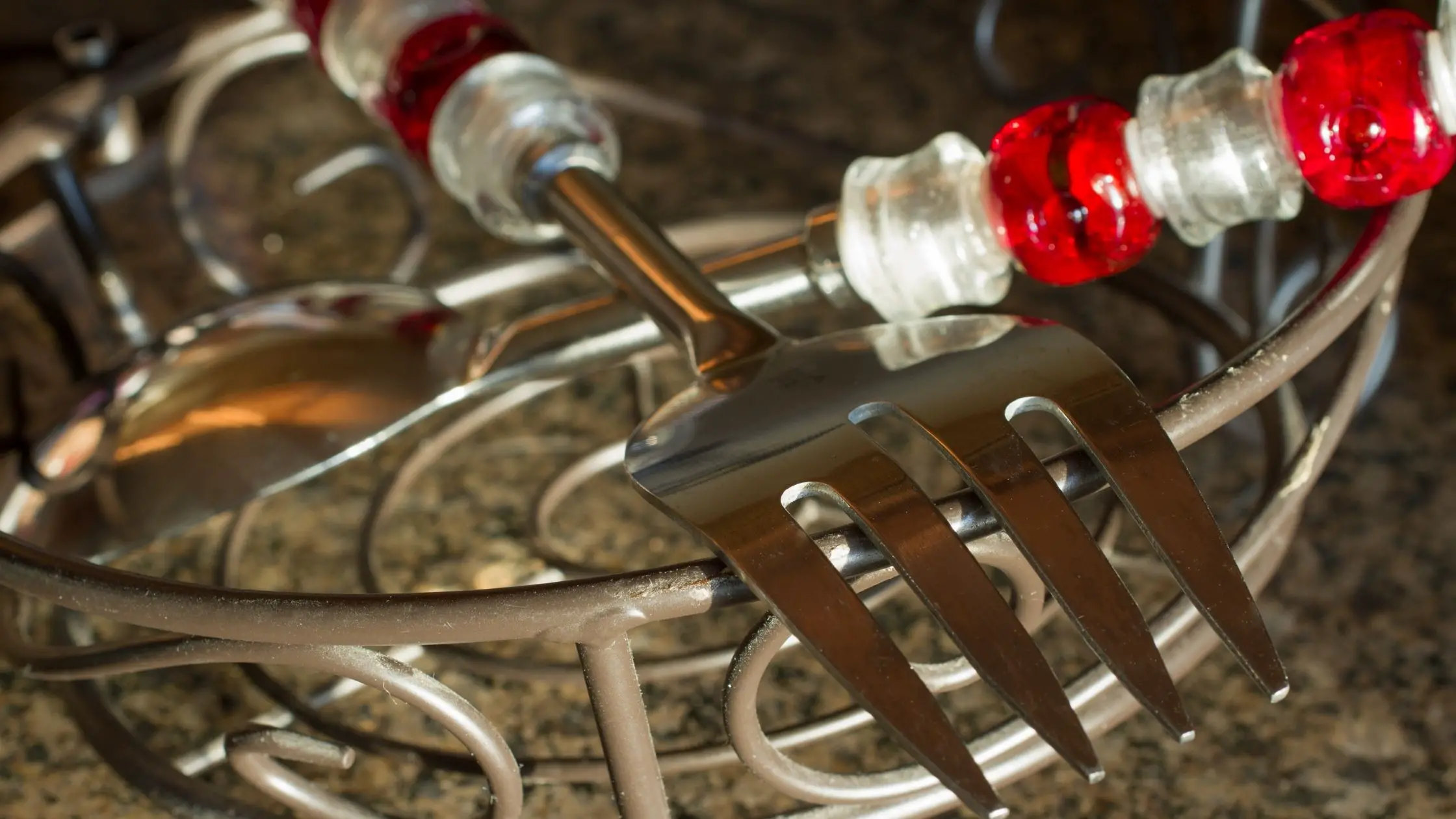
A serving fork has a long handle that ends with two to four tines. The fork with two prongs is typically considered the ideal one for serving food. Larger than dinner forks, a serving fork is used in tandem with a serving spoon to dish out various foods, such as pasta and salad.
You can use the serving fork by pressing it against the spoon and holding food between the two to transfer it from the serving bowl to the plate. These forks are a huge hit at potlucks, dinner parties, and garden grills.
Spork
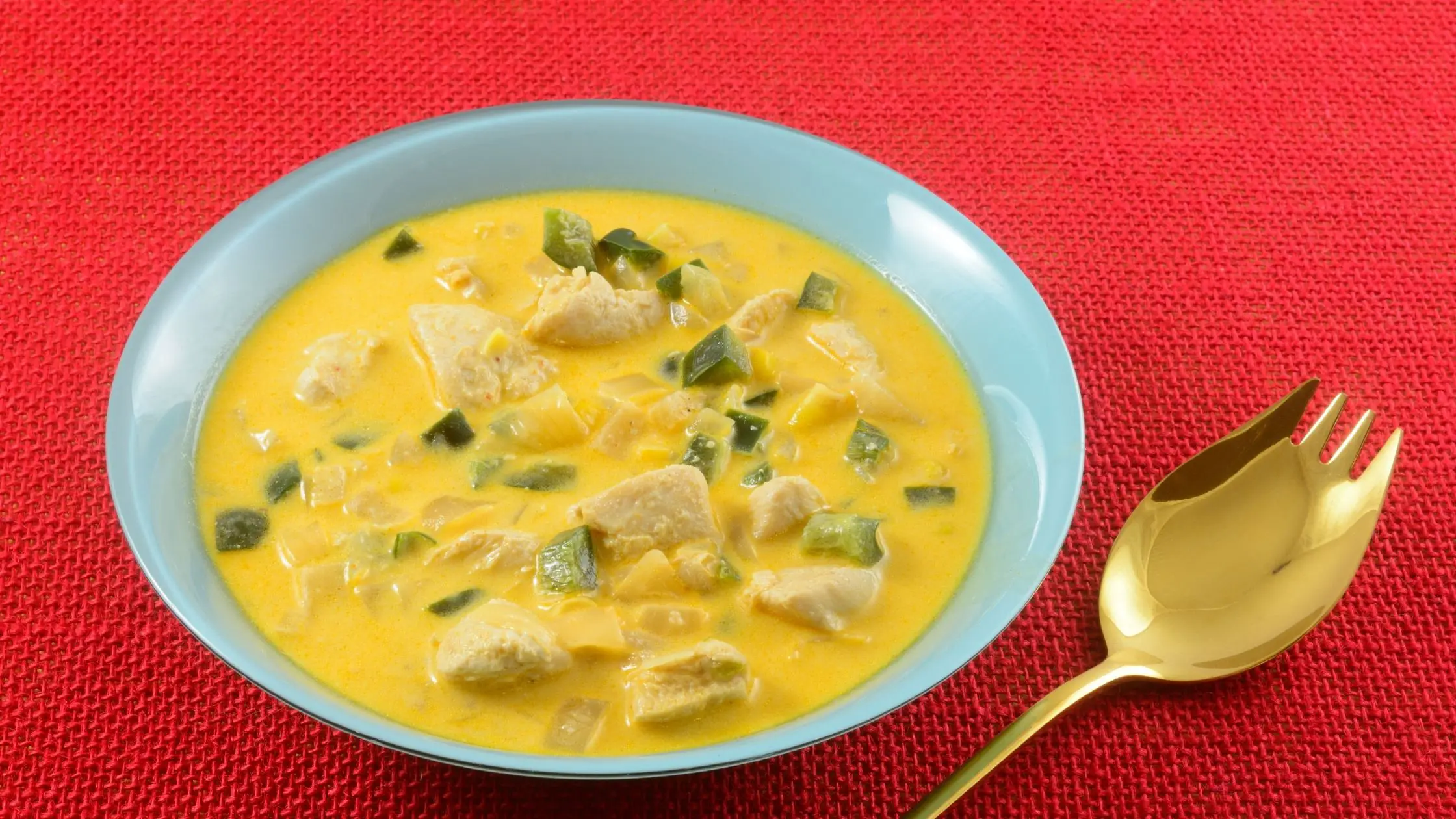
A spork is a modern and genius combination of a spoon and a fork. It features two to four small tines in the middle and has a rounded, cupped shape. Due to its unique shape, it allows you to reduce the space and use one utensil for the purpose of two. It’s popularly made from single-use plastic, but you can also find durable wooden and stainless steel sporks.
Snail Fork
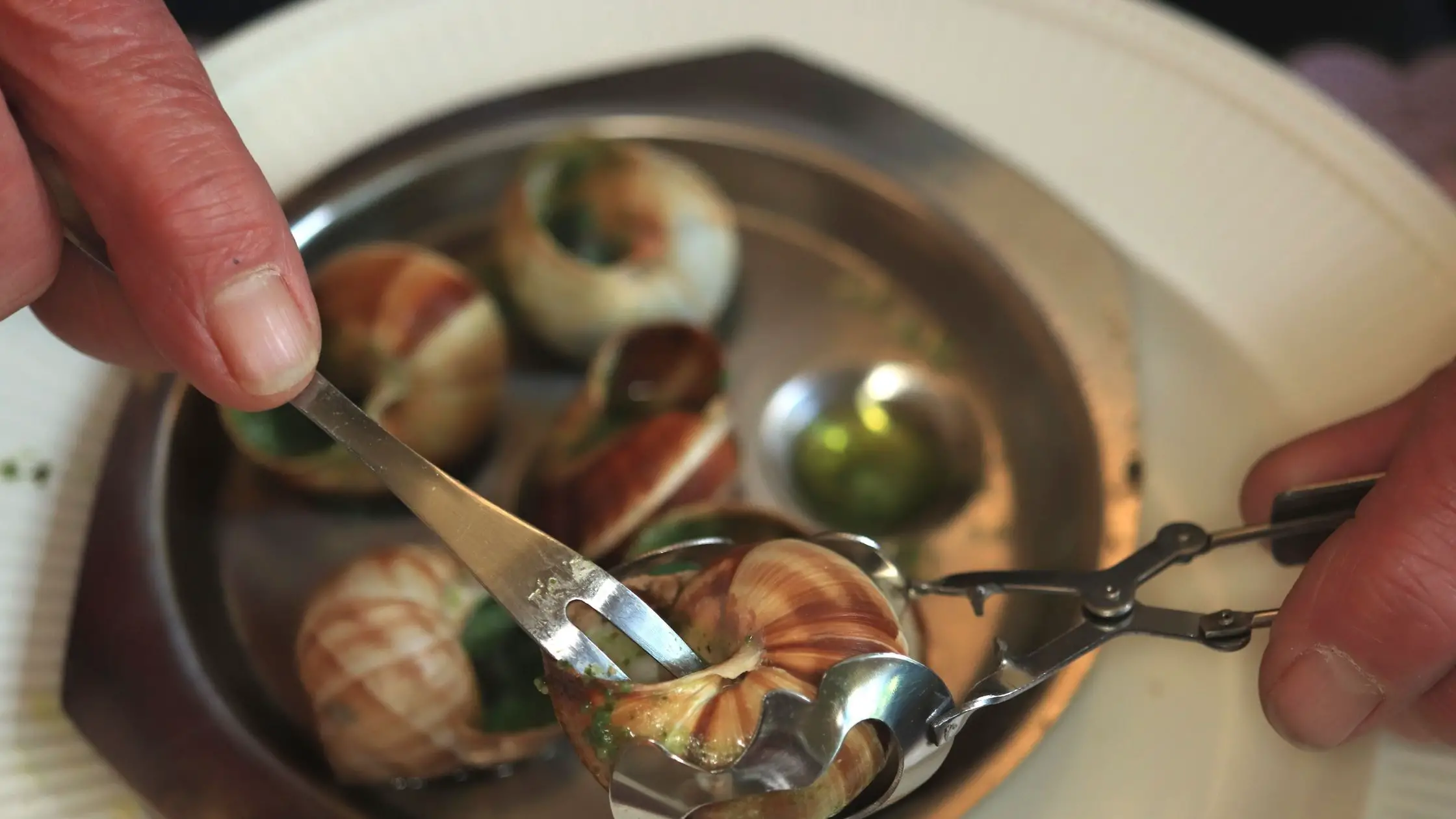
Snail forks look a bit like cocktail ones, with two slender tines curved inward and a tiny, dainty handle. As the name suggests, you use them when eating snails, as they are designed to pull the mollusk from its shell. You can also use them to eat canapés.
Deli Fork
A deli fork has a medium-sized handle with two sharp tines. It’s specifically designed for eating prosciutto, a thinly sliced Italian ham. You can poke the tines into the prosciutto to pick it up and eat it easily. If you want to get more bang for your buck, you can also use it as a cocktail or oyster fork, thanks to the similar design.
Disposable Fork
Disposable forks are made from single-use plastic and hence, have a negative impact on the environment. It’s why many people try to avoid using them and prefer to use durable, reusable silverware instead.
However, many companies now offer biodegradable, disposable wooden forks to replace plastic ones. These are convenient for large gatherings, such as pool or beach parties, birthday celebrations, and camping trips, as you won’t need to collect and wash them. Instead, you can just dispose of them.
How to Choose a Set of Forks
Here are some things that you can consider when choosing a set of forks for your home:
Choose the Forks Based on Your Specific Needs
If you’re a stickler for rules, try to pick forks based on their specific use. For instance, if you’re looking for forks ideal for everyday use, your best bet might be table forks. Similarly, there are different types of forks for various types of food and meal courses.
Moreover, don’t buy forks that need to be hand-washed if you plan to use them daily. Everyday cutlery will take a beating, and you need to accept that. So, it’s always better to invest in regular forks that you can put in the dishwasher every day for your convenience.
Know Your Forks
Always look for functional, ergonomic forks that you can use easily. I understand the urge to opt for fancy stuff that makes you appear sophisticated, but you need to prioritize functionality and comfort. Classic patterns with ergonomic designs are so much better than oddly shaped forks that are uncomfortable to hold and use.
Additionally, even though copper and brass forks might look quaint and fun, but they are not designed for everyday use. It’s because if you start using them regularly, they will develop water spots and rust. Moreover, they need to be hand-washed since they will lose their luster in the dishwasher. So, you can buy them for special occasions, but not for everyday use.
Buy a Small Set for a Test Run
It always sucks to buy a nice set of forks online only to realize that there’s an unsightly stamp right in the middle of the handle or the forks are not ergonomic at all. If you buy the forks in person or at least buy a limited number of them online, you can test them to see if they suit your needs.
You can also test the weight and balance of the forks. High-quality forks should feel a little heavy but relatively even; i.e., one end of the fork shouldn’t be significantly heavier than the other. If it is, it will keep tipping over. Lastly, testing a small set will enable you to feel them in your hands to ensure that they are ergonomic, sized perfectly, and free of any unsightly bumps.
Always Check the Quality
As a rule of thumb, always check the quality of your forks before buying them. Inspect the product description to not the combination of numbers in it. Remember that 18/10 is better than 18/8. 18 is the amount of chromium in the fork, and 10 and 8 is the nickel. You want sets with more nickel so that they can hold up longer.
Additionally, when buying classic sets recommended by friends or family, check the quality of the forks. Read the description to ensure that the brand hasn’t changed the quality of the metal. This way, you can rest assured that their recommendation isn’t void and you’re making the right choice.
Opt for Popular Sets of Forks that Will Stay in Demand for Longer
Always try to invest in cutlery that will be around for a long time instead of opting for funky or trend-driven forks. It’s because trend-driven items will be out of stock soon, and retailers will stop returning them after a few months.
However, the classics or popular varieties will stay in production for long due to their popularity and demand. It will make it much easier to replace a missing piece or add more pieces to the set years down the line!
Do Proper Research
Don’t ever rush your purchase. Yes, I know forks might not be a huge investment for some people. But before you brush this off, you must acknowledge that finding the perfect set of forks will make your meals more enjoyable. So, do your research and then buy the type of forks that will suit your needs.
Conclusion on Types of Forks
The culinary world is filled with various distinctive types of forks, such as the ever-popular dinner and salad forks and the more novelty ones like the spaghetti fork or the deli fork. The kind of fork you choose should depend on your needs and the sort of food you want it for.
However, most people tend to stick to regular table forks to make things easier. You should do what speaks to your heart.
Suppose you’re wondering about the types of antique forks available today. In that case, you will be amused to learn that the two intriguing ones are intricately designed strawberry forks and toast serving forks designed to pick and pierce the foods they are named after.
Now that you know everything there is to know about the different types of forks used to eat various courses in a meal, you can start adding more distinctive forks to your cutlery collection!

